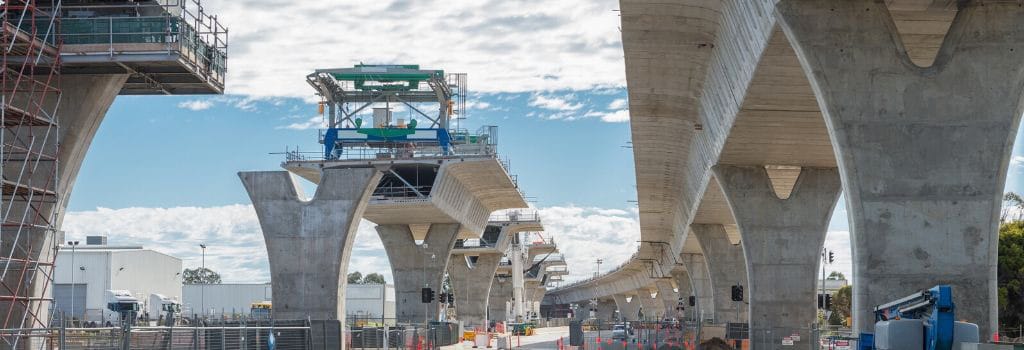- 세부
- 카테고리: Telecommunication
The availability of 5G in 2020 presents both opportunities and challenges for the business world. 5G is promised to enable machine learning, IIoT (Industrial Internet of Things), IoV (Internet of Vehicles), AR/VR and network slicing; however, there are stakes for enterprises that plan to deploy this technology. The availability of 5G in many countries lies in the monetary and technological capabilities of their telecom conglomerates, but they are facing challenges.
더 읽기: Converged MEC Appliance Reduces Total Cost of Ownership on Edge Cloud Infrastructure
- 세부
- 카테고리: Transportation
Today, public safety relies more on FirstNet than ever, as first responders increasingly count on this wireless communication platform when performing their duties. Particularly in emergent medical duties, paramedics need to collaborate and communicate with other first responders, like police and firefighters, in order to have more information about the victims’ situations. This can mean a difference in saving lives.
더 읽기: FirstNet-ready Vehicle Gateway Enhances Wireless Communication for EMS
- 세부
- 카테고리: Intelligent Systems
The COVID-19 virus outbreak is changing the way we commute. Train terminals, airports, metro stations are now the virus hot zone. To limit the spread of the virus and protect passenger safety, it is required to implement the new safety measures that would maintain efficient passenger traffic flow, while automatically measuring the temperature of every passenger at the checkpoint.
더 읽기: Video AI Computing Platform Enables Real-time Thermal Screening
- 세부
- 카테고리: Network Computing
The fact that the year of 2020 started off with a bang, so to speak, only accelerates the already rapidly on-going migration to the cloud. Haste in this case does make waste, however, and we are witnessing significant breakages in enterprise security architectures, with many singling out the increased use of public clouds as the leading cause of security compromise.
더 읽기: NCA-1510: Delivering Cloud-based Security Using On-premises Hardware Solution
- 세부
- 카테고리: SD-WAN
The growing trends of cloud computing, Big Data, mobile applications and globalized enterprises have contributed to the rising demands of real-time applications, with successful examples such as Work From Home, remote desktop, video conferencing, telemedicine and third-party payments. However, latency and interruptions between networking nodes are currently the primary challenges, as network traffics continue to grow exponentially from B2B/B2C e-commerce and other real-time applications. To meet the demands for QoS (quality of service), SD-WAN has emerged as a performance-boosting and cost-effective solution.
더 읽기: uCPE Powers Flexible and Secure WAN Services for B2B Retailers
- 세부
- 카테고리: SD-WAN
For the past couple years, SD-WAN has been the remedy to networking challenges in various fields, such as medical, emergency rescue, retain and so forth, making it one of the fastest-growing technologies in decades. Indeed, the ease of deployments, simplified maintenance and application-prioritized performance have helped businesses improve productivity and reduce overhead. In fact, even construction industries can benefit from SD-WAN.
더 읽기: Rugged uCPE Platforms Ensure Multi-WAN SD-WAN for Remote Construction Sites
- 세부
- 카테고리: Network Computing
Thus far into 2020 it has not been business as usual as companies scrambled to cope with the COVID-19 pandemic and rushed to implement a feasible work-from-home model in order to ensure a productive and secure workforce. To securely connect teleworkers to the enterprise networks, businesses must integrate multiple security functions into a single appliance, one that delivers not only end-to-end visibility for potential threats with zero-touch deployments but also flexibility for implementing security measures on the fly and simplicity for effortless centralized management.
더 읽기: Scalable Enterprise NGFW Ensures Business Continuity and Security for Teleworkers












